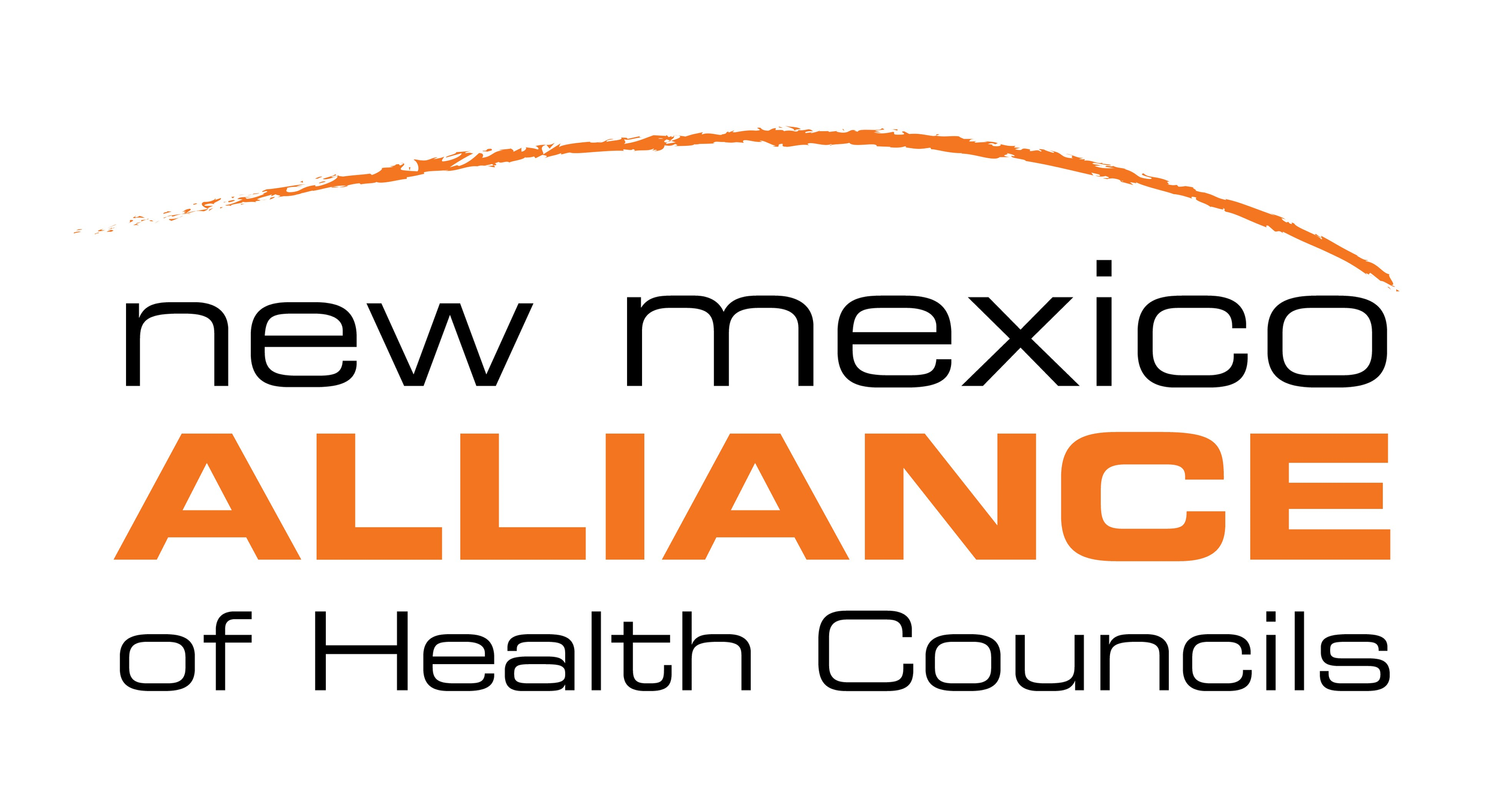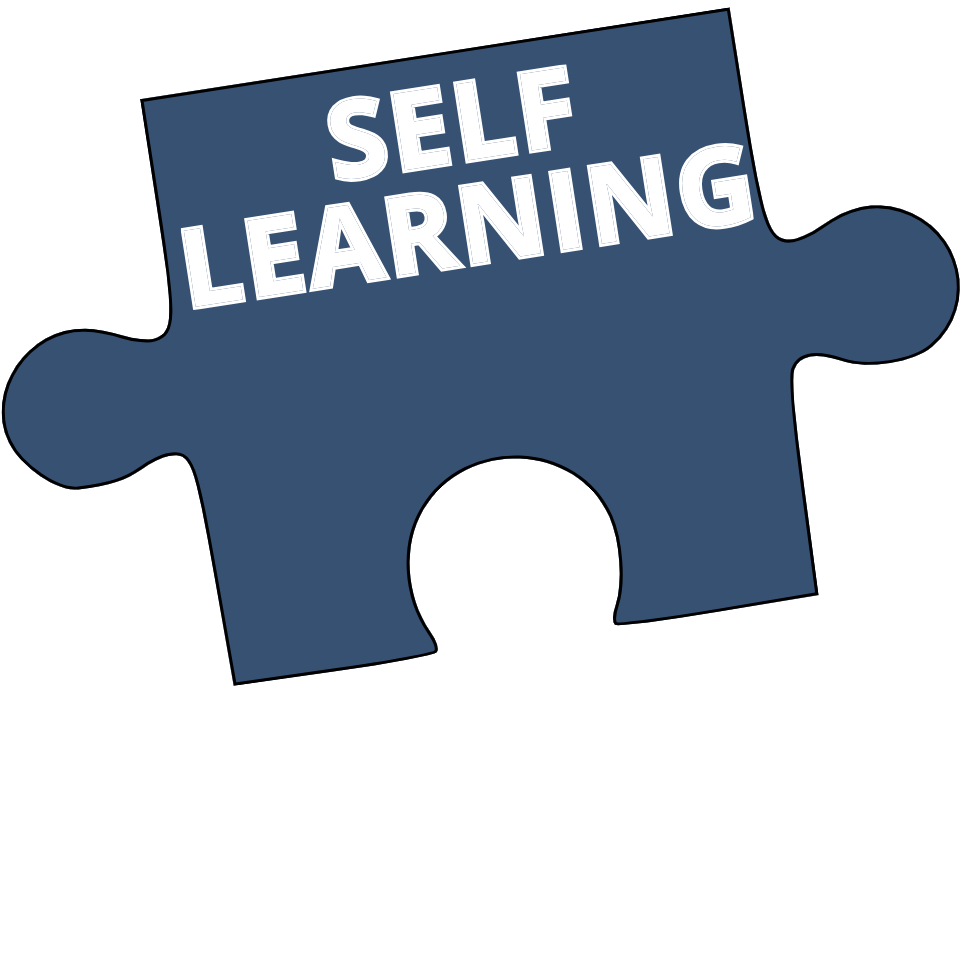
Gila Wildernes Area, Catron & Grant Counties
A land acknowledgment is a statement that recognizes the Native American communities whose land and lives were taken by colonizers and the communities living here today that experience the ongoing impact of colonization.
Our approach to writing a land acknowledgment may be unlike others you have seen. It is not a checklist of ideas or a template to fill in. It cannot be done while sitting at a desk or a task you can delegate. This is a process that requires personal and group commitment. It will be most effective with the inclusion and engagement of people at every level of your organization. It is a guide for reflection, sharing ideas, and gaining a deeper understanding and it is a necessary step to implementing transformative change to improve the health and well-being of everyone in our communities.
This page includes sections on:
GOALS
A Land Acknowledgment is ultimately not about land, but about people. It is not merely a message showing respect, but a process of learning which will allow you to find respectful ways to strengthen relationships. The goals for this project are:
Building trust between the State, Tribal Nations, and community partners
Identifying problems and solutions through ongoing, meaningful engagement and mutually beneficial collaborations
Recognizing the complexity of historical truths and addressing the false narratives and unconscious biases with confidence and compassion
Referencing the people - past and present - when engaging in capacity building, community assessments, health initiatives, partnerships, and policy work
Creating safe, inclusive, equitable spaces as a key step to building a culture of health
These can be summarized as:
POINTS TO CONSIDER
CONTEXT IS EVERYTHING
Every narrative that is told is contextual. We each listen and speak using our unique perspectives, shaped by our experiences. As you move through the process and write your Land Acknowledgment, remember to keep everything within the stated context (page 4 of the Land Acknowledgement Guide).
As a general rule of thumb, this land acknowledgment is not written for you nor about you. Only reference your organization when you describe what you are doing to support the Native American community. It's not a marketing tool. Avoid anything and everything that makes it appear performative or self congratulatory.
VERIFY
Please verify information you want to use, especially as it pertains to a specific Native Nation. Check names, spellings, and pronunciations with tribal representatives.
INTENTIONAL LANGUAGE
Language matters. And, as stated in Native Governance Center's guide on how to talk about Native Nations, language is sacred and evolving. A word or phrase might seem respectful to you, but when read in the context, it may say something completely different.
DISCUSSION ON LANGUAGE
Here are land acknowledgments from departments at three universities as well as a few facts about each school. Two of these institutions are Land Grant universities - their land was given to them through the Morrill Land-Grant Acts.
(see Additional Resources for articles about Land Grant Colleges & Universities)
Discuss your observations about these land acknowledgments. Consider their language choice, how they describe the indigenous people, etc.
Princeton seeks to build relationships with Native American and Indigenous communities and nations through academic pursuits, partnerships, historical recognitions, community service and enrollment efforts. These communities and nations include the Lenni-Lenape people, who consider the land on which the University stands part of their ancient homeland.
Princeton University
This land acknowledgment came from the Office of Diversity & Inclusion at Princeton University in New Jersey.
Native Americans make up <1% of the student body.
Native Americans make up <1% of the faculty.
Annually since 2017, the University has hosted the Santa Fe Indian School Leadership Institute’s summer policy academy.
We acknowledge that the land on which we stand is the ancestral territory of the Lenape People. We pay respect to Indigenous people throughout the Lenape diaspora – past, present, and future – and honor those who have been historically and systemically disenfranchised. We also acknowledge that Rutgers University, like New Jersey and the United States as a nation, was founded upon the exclusions and erasures of Indigenous peoples.
Rutgers University
Rutgers University is a Land Grant school.
Native Americans make up 0.1% of the student body.
Out of 8,000 faculty, one is Native American.
They do not require a land acknowledgment but do provide some resources for departments that opt to have one.
They have a project/series of books called Scarlet and Black which was an exploration of the experiences of African Americans and Native Americans at Rutgers University.
New Mexico State University
New Mexico State University honors Native American knowledges and worldviews based on intimate relationships to the natural world. The genesis of the Southwest Indigenous Peoples, including the Pueblo, Navajo, and Apache, established their guardianship of the lands now occupied by New Mexico State University. As the state’s Land-Grant University, we acknowledge and respect the sovereign Indian Nations and Indigenous Peoples. We pledge to have a meaningful and respectful relationship with the sovereign Indian Nations, Indigenous communities, and Native American Peoples within the institution.
NMSU is a Land Grant school.
Native Americans make up 2.4% of the student body.
Native Americans make up 0.2% of tenure track faculty.










